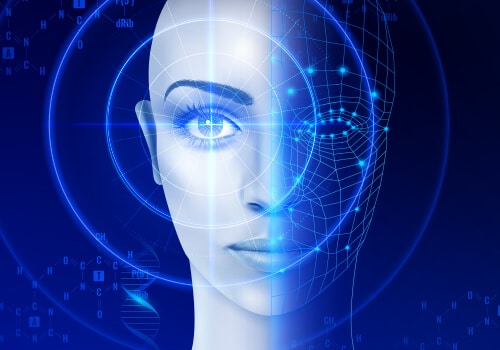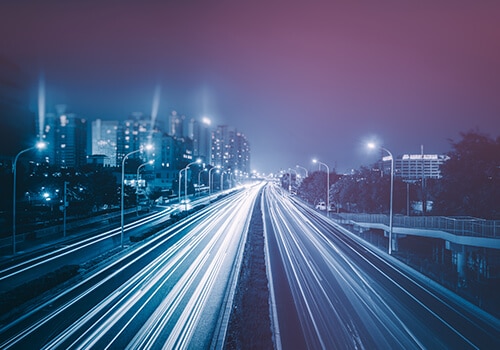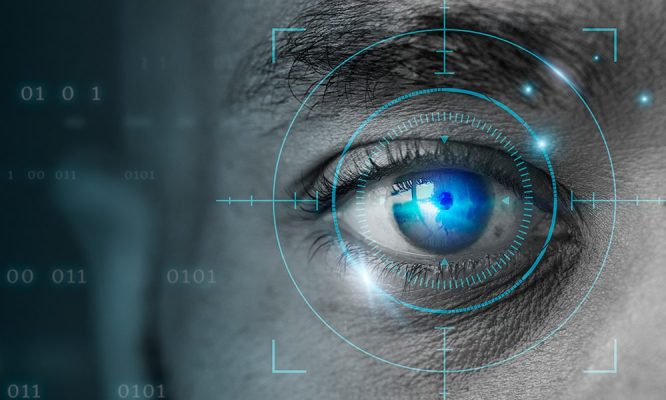An AI algorithm is only as good as the data you feed it.
It is neither a bold nor an unconventional statement. AI could have seemed rather far-fetched a couple of decades ago, but Artificial Intelligence and Machine Learning have come a really long way since then.
Computer vision helps computers understand and interpret labels and images. When you train your computer using the right kind of images datasets, it can gain the ability to detect, understand and identify various facial features, detect diseases, drive autonomous vehicles, and also save lives using multi-dimensional organ scanning.
The Computer Vision Market is predicted to reach $144.46 Billion by 2028 from a modest $7.04 Billion in 2020, growing at a CAGR of 45.64% between 2021 and 2028.
The image dataset you are feeding and training your Machine Learning and computer vision tasks are crucial to your AI project’s success. A quality dataset is quite hard to get. Depending on the complexity of your project, it could take anywhere between a few days to a few weeks to get reliable and relevant datasets for computer vision purposes.
Here, we provide you with a range (categorized for your ease) of open-source image datasets you can use right away.
Comprehensive List of Image Datasets to Train Your Computer Vision Model
General:
ImageNet
ImageNet is a widely used dataset, and it comes with an astonishing 1.2 million images categorized into 1000 categories. This dataset is organized as per the WorldNet hierarchy and categorized into three parts – the training data, image labels, and validation data.
Kinetics 700
Kinetics 700 is a huge high-quality dataset with more than 650,000 clips of 700 different human action classes. Each of the class actions has about 700 video clips. The clips in the dataset have human-object and human-human interactions, which are proving to be quite helpful when recognizing human actions in videos.
CIFAR-10
CIFAR 10 is one of the largest computer-vision datasets boasting 60000 32 x 32 color images representing ten different classes. Each class has about 6000 images used to train computer vision algorithms and machine learning.
Oxford-IIIT Pet Images Dataset
The pet image dataset comprises 37 categories with 200 images per class. These images vary in scale, pose, and lighting, and are accompanied by annotations for breed, head ROI, and pixel-level trimap segmentation.
Google’s Open Images
With an impressive 9 million URLs, this is one of the largest image datasets on the list, containing millions of images labeled across 6,000 categories.
Plant Images
This compilation includes multiple image datasets featuring an impressive 1 million plant images, covering approximately 11 species.
Facial Recognition:

Labeled Faces in the Wild
Labeled Faced in the Wild is a huge dataset containing more than 13,230 images of nearly 5,750 people detected from the internet. This dataset of faces is designed to make it easier to study unconstrained face detection.
CASIA WebFace
CASIA Web face is a well-designed dataset that helps machine learning and scientific research on unconstrained facial recognition. With more than 494,000 images of almost 10,000 real identities, it is ideal for face identification and verification tasks.
UMD Faces Dataset
UMD faces a well-annotated dataset that contains two parts – still images and video frames. The dataset has more than 367,800 face annotations and 3.7 million annotated video frames of subjects.
Face Mask Detection
This dataset includes 853 images categorized into three classes: “with mask,” “without mask,” and “mask worn incorrectly,” along with their bounding boxes in PASCAL VOC format.
FERET
The FERET (Facial Recognition Technology Database) is a comprehensive image dataset containing over 14,000 annotated images of human faces.
Handwriting Recognition:
MNIST Database
MNIST is a database containing samples of handwritten digits from 0 to 9, and it has 60,000 and 10,000 training and testing images. Released in 1999, MNIST makes it easier to test image processing systems in Deep Learning.
Artificial Characters Dataset
Artificial Characters Dataset is, as the name suggests, artificially generated data that describes the English language structure in ten capital letters. It comes with more than 6000 images.
Object Detection:
MS COCO
MS COCO or Common Objects in Context is an object detection and captioning dataset.
It has more than 328,000 images with keypoint detection, multi-object detection, captioning, and segmentation mask annotations. It comes with 80 object categories and five captions per image.
LSUN
LSUN, short for Large-scale Scene Understanding, has more than a million labeled images in 20 object and 10 scene categories. Some categories have close to 300,000 images, with 300 images specifically for validation and 1000 images for test data.
Home Objects
Home Objects dataset contains annotated images of random objects from around the house – kitchen, living room, and bathroom. This dataset also has a few annotated videos and 398 unannotated photos designed for testing.
Automotive:
Cityscape dataset
Cityscape is the dataset to go to when looking for various video sequences recorded from several cites’ street scenes. These images were captured over a long time and in different weather and light conditions. The annotations are for 30 classes of images divided into eight different categories.
Barkley Deep Drive
Barkley DeepDrive is specifically designed for autonomous vehicle training, and it has more than 100 thousand annotated video sequences. It is one of the most helpful training data for autonomous vehicles by the changing road and driving conditions.
Mapillary
Mapillary has over 750 million street scenes and traffic signs worldwide, which is very useful in training visual perception models in machine learning and AI algorithms. It allows you to develop autonomous vehicles that cater to various lighting and weather conditions and viewpoints.
Medical Imaging:
Covid-19 Open Research Dataset
This original dataset has about 6500 pixel-polygonal lung segmentations about AP/PA chest x-rays. Additionally, 517 images of Covid-19 patient x-rays with tags containing the name, location, admission details, outcome, and more are available.
NIH Database of 100,000 Chest X-Rays
The NIH database is one of the most extensive publicly available datasets containing 100,000 chest x-rays images and related data useful for the scientific and research community. It even has images of patients with advanced lung conditions.
Atlas of Digital Pathology
Atlas of Digital Pathology offers several histopathological patch images, more than 17,000 in total, from close to 100 annotated slides of different organs. This dataset is useful in developing computer vision and pattern recognition software.
Scene Recognition:

Indoor Scene Recognition
Indoor Scene Recognition is a highly categorized dataset with nearly 15620 images of objects and indoor scenery to be used in machine learning and data training. It comes with over 65 categories, and each category has a minimum of 100 images.
xView
As one of the best-known publicly available datasets, xView contains tons of annotated overhead imagery from various complex and large scenes. Having about 60 classes and more than a million object instances, the purpose of this dataset is to provide better disaster relief using satellite imagery.
Places
Places, a dataset contributed by MIT, has over 1.8 million images from 365 different scene categories. There are about 50 images in each of these categories for validation and 900 images for testing. Learning deep scene features to establish scene recognition or visual recognition tasks is possible.
Entertainment:
IMDB WIKI Dataset
IMDB – Wiki is one of the most popular public databases of faces labeled adequately with age, gender, and names. It also has about 20 thousand faces of celebrities and 62 thousand from Wikipedia.
Celeb Faces
Celeb Faces is a large-scale database with 200,000 annotated images of celebrities. The images come with background noise and pose variations, making them valuable for training test sets in computer vision tasks. It is highly beneficial for achieving higher accuracy in facial recognition, editing, facial part localization, and more.
Now that you have a massive list of open-source image datasets to fuel your artificial intelligence machinery. The outcome of your AI and machine learning models depends primarily on the quality of datasets you feed and train them on. If you want your AI model to throw up accurate predictions, it needs quality datasets that are aggregated, tagged, and labeled to perfection. To amplify your computer vision system’s success, you must use quality image databases relevant to your project vision. If you are looking for more such datasets Click Here




